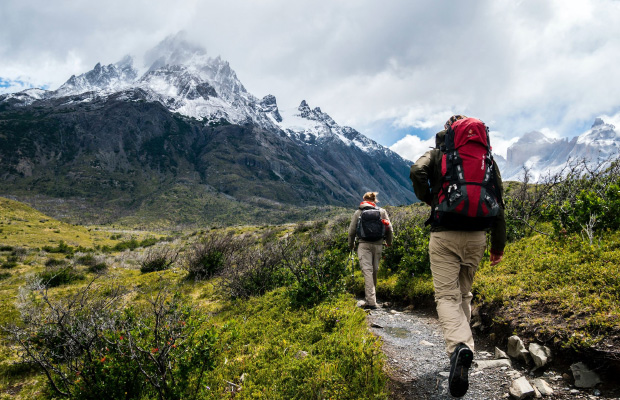
Overview
Nestled in the northeastern region of Himachal Pradesh, the Spiti Valley is a chilly high-altitude desert known for its distinctive culture, ancient Buddhist monasteries and breathtaking views. It is known as the “Middle Land,” providing a hiking experience that is very dissimilar from the verdant paths found in other Himalayan regions. Trekkers encounter huge, desolate mountains, deep gorges sculpted by the Spiti River, secluded communities clinging to hillsides and an overwhelming sense of solitude. It’s a voyage through culture and time that provides insights into a way of life that has always been dreamed of.
Quick Facts About Kasol Parvati Valley Trek:
Types of Treks: Village–to–village treks, high-altitude lake treks, high-altitude mountain pass treks and monastery circuit treks are just a few of the various types of hikes.
Duration: 3 to 4 days for shorter village treks or 7 to 15 + days
Difficulty Level: Due to the high altitude, remote landscape, long walking days and sometimes steep climbs and drops, the difficulty level is usually considered moderate to demanding.
Altitude Range: 3000 meters to 5000 meters or higher
Best Time to visit: June to September is popular, but you can witness some rain.
Starting & Ending Points: Kaza, Kiber, Mudh or Roadheads near Batal.
Kasol Parvati Valley Trek Itinerary:
Day 1: Acclimatization and Kaza Arrival
Arrive in Kaza, the administrative headquarters of the Spiti Valley, in the morning or afternoon. You will likely travel by vehicle from Shimla or Manali. Check into your hotel or guesthouse. Be lazy and allow your body to relax to high altitudes throughout the day. To avoid altitude sickness, this is important. Don’t do too much in the first stage of your trekking trail. Take a leisurely and short walk around Kaza town. If you have the energy, spend the evening at the Kaza monastery.
Day 2: Komic to Kaza Trek
Begin from Kaza after breakfast in a shared cab, local bus, or on a rental car to Komic, or if you prefer to trek. Komic, lying at around 4587 meters altitude, is considered one of the globe’s highest motorable villages. Talk to locals and wander around the village. From Komic, the views are stunning.
Day 3: Komic to Hikkim & Langza
Hike down from Komic to Hikkim, the world’s highest post office. Send a postcard using the link! Proceed to Langza, famous for its giant Buddha statue overlooking the valley and the fossilised environment. Don’t rush finding marine fossils; take your time gathering them. You may organize a pickup from a town in Lingti Valley and drive down from Langza for a longer hiking day. Arrange for a car to pick you up from Komic or Langza and then return to Kaza. Depending on tomorrow’s or your next day’s hiking schedule, you may choose to overnight in a village closer to Kaza.
Day 4: Departure from Kaza
Today, you’ll be departing Kaza, possibly for Shimla or Manali, depending on your subsequent travel plans. If you have a bit more time before you leave, you could travel up to the villages of Kibber and Gette or Key Monastery in the morning.
How to reach Spiti Valley?
There are two primary routes to reach Spiti Valley, both of which include travelling tricky mountain roads. You can come from either the Manali direction or the Shimla direction. There’s no direct route to an airport or train journey for Spiti. From gateway towns like Shimla or Manali, which are accessible by air or train. The road trips are challenging but the long and scenic journey.
FAQs about Spiti Valley Trek:
When is the best time to go Spiti Valley Trek?
The short trekking season usually runs from June to September. While they may be cool, June and September are dry months. While normally less than in more verdant areas, July and August are mild months with some rain.
What level of physical fitness is required for treks in the Spiti Valley?
Due to the high altitude and sometimes rough terrain, even a moderately difficult trek in Spiti can be physically demanding. A high level of cardiovascular fitness is necessary. Good physical shape and prior high-altitude backpacking experience are requirements for high-pass treks.